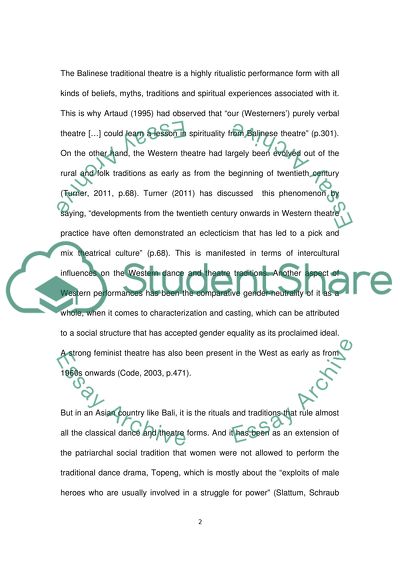Cite this document
(“Gender Issue in Asia Performance Essay Example | Topics and Well Written Essays - 1750 words”, n.d.)
Retrieved from https://studentshare.org/gender-sexual-studies/1429797-gender-issue-on-asia-performance
Retrieved from https://studentshare.org/gender-sexual-studies/1429797-gender-issue-on-asia-performance
(Gender Issue in Asia Performance Essay Example | Topics and Well Written Essays - 1750 Words)
https://studentshare.org/gender-sexual-studies/1429797-gender-issue-on-asia-performance.
https://studentshare.org/gender-sexual-studies/1429797-gender-issue-on-asia-performance.
“Gender Issue in Asia Performance Essay Example | Topics and Well Written Essays - 1750 Words”, n.d. https://studentshare.org/gender-sexual-studies/1429797-gender-issue-on-asia-performance.


